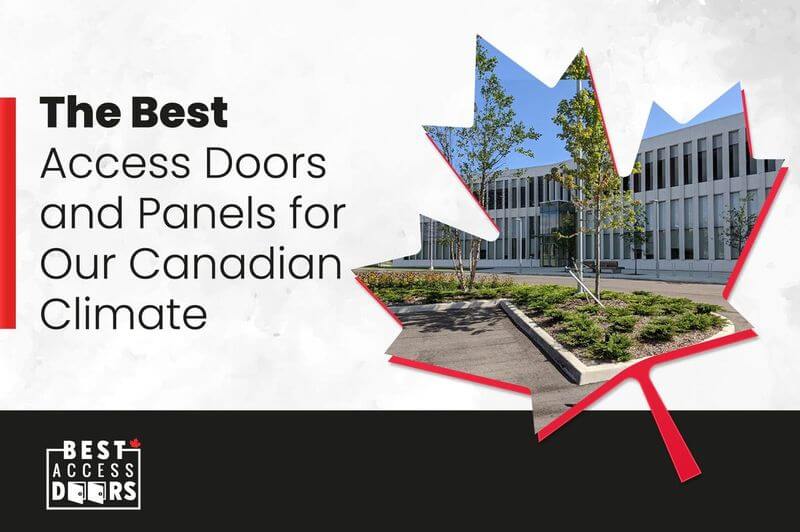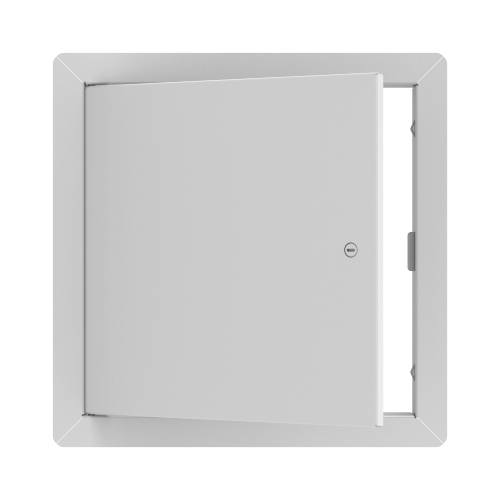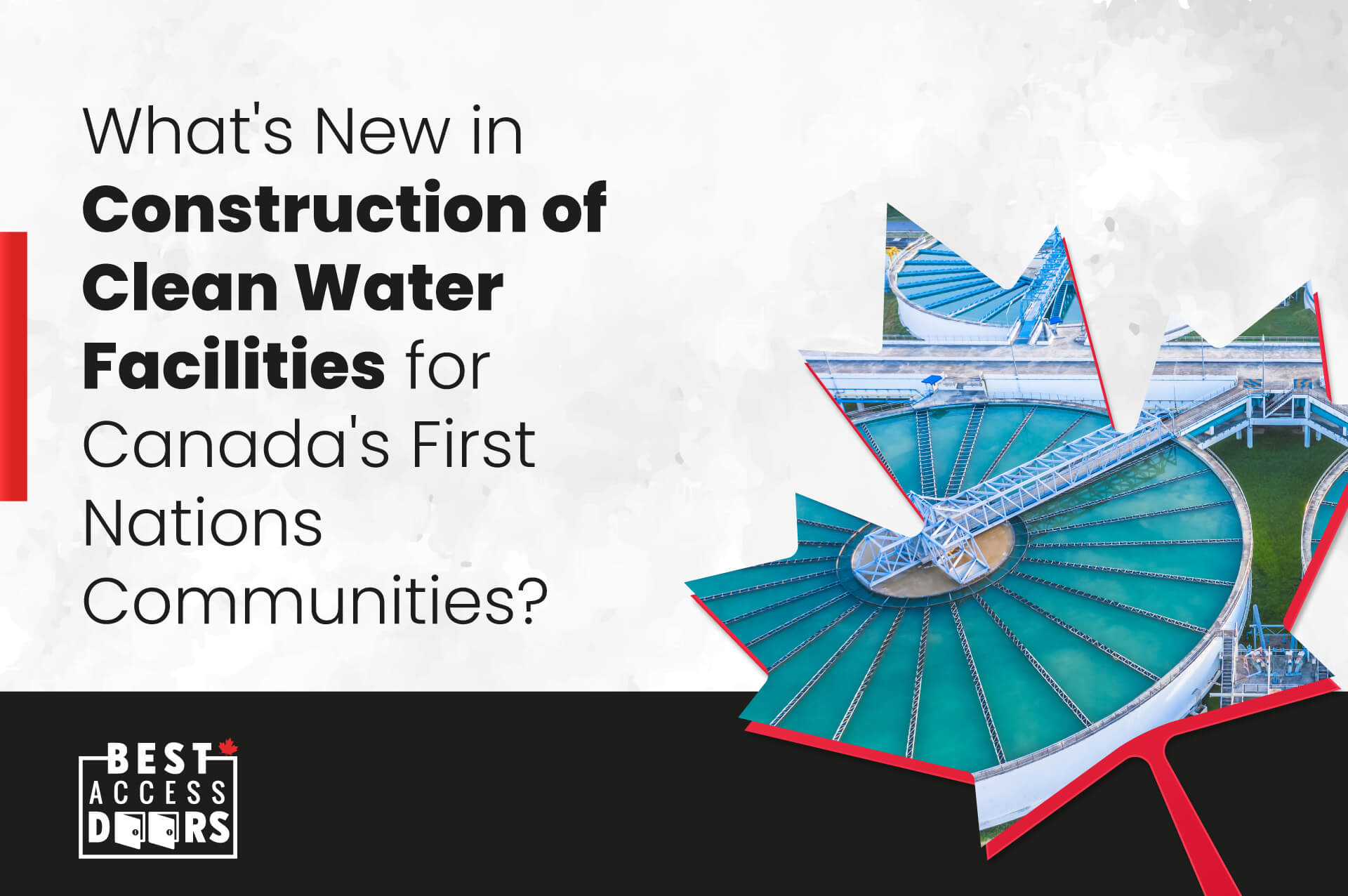Clean Water Facilities for Canada's First Nations Communities Posted by Best Access Doors - Canada on 28th Nov 2022
Deprived of access to clean drinking water in Canada, many residents belonging to the First Nations community have experienced unsafe water drinking for nearly a quarter of a century. The situation worsened with the Coronavirus breakout and the months-long lockdown. The community has been actively fighting the federal to have the same safe water benefits as those living in non-indigenous areas of Canada.
Many indigenous leaders lead the decades-long battle for clean water, including the famous water protector Autumn Peltier, Whetung, and so much more. Finally, after 24 years of waiting and fighting, some light is now being shed. In this blog post, you'll learn more about the First Nations' water adversity, their leaders' activism results, and the revolutionary progress in constructing water facilities.
How unsafe is it to drink tap water in the First Nations areas?
Canada is among the most water-rich countries in the world. Yet, the government has issued 51 water advisories for about 32 communities due to industrial contaminants, bacteria, and parasites infiltrating the water system.
You can take Curve Lake First Nation as a perfect example. This forested district in Canada has splendid freshwater surrounding its three borders, supposedly supplying sufficient and reliable drinking water for its indigenous constituents. However, the community has no option but to rely on bottled water shipments because of the residents' concerns rooted in the rotting water infrastructures, E. coli contaminants, and the emergence of different waterborne illnesses.
On the other hand, other cities like Grassy Narrows suffer from legions of toxic heavy metals carelessly released by industrial companies. Meanwhile, naturally-born parasites and bacteria are lording over other indigenous Canadian states.
Indigenous leaders and constituents' collective efforts
Canada's federal government has long been adamant about solving the indigenous communities' water crisis for generations. Not until 2015 came, and Justin Trudeau present his ambitious campaign to resolve the unsafe water plague in over 100 First Nations communities to the nation.
However, even with Trudeau winning the federal minister seat, the government still falls short of ending the indigenous water crisis in 2022. Furthermore, it fails to act on the resolution appeal of the First Nations people to repeal the Safe Drinking Water for First Nations Act (SDWFNA), first amended last November 2013.
With the administration's inexcusable failure, the leaders have filed two class-action lawsuits against the Government of Canada, which got settled for $8 billion. The first nations drinking water settlement application just opened and will last for indigenous residents until December 22, 2022. Meanwhile, other individuals can file claims up till March 7, 2023.
Significant water facilities' construction updates
With an eagerness to make up for the unkept promise, the federal government of Canada, still headed by Prime Minister Trudeau, now closely works with the First Nations communities in refurbishing on-reserve water and wastewater infrastructures. It even established an indigenous drinking water projects-focused office to address this long overdue issue, the Indigenous Services Canada (ISC).
This way, individuals, precisely primitive people, can finally have convenient and safe access to water, alleviating waterborne illness concerns, saving up bottled water shipment expenses, and boosting their lifestyle. As of June 2022, the collective effort to solve long-term water issues has constructed about 478 water and wastewater-related projects is now completed, while 487 are still ongoing. In addition, renovations and upgrades on existing water and wastewater systems, like the installation of waterproof exterior access panels, are also in the current and finished works.
More importantly, it's part of the budget plan to add 120 new water and wastewater treatment plants or lagoons in various First Nations communities. However, the agency knows its job doesn't simply stop at building and renovating the water infrastructures—it goes beyond that. Marc Miller, the minister of ISC, has left a striking remark for remote area residents to remember, the promise of continuous work until every indigenous community possesses a clean water drink and formulates a lasting solution for each of their unique needs.
Equal rights to clean water access
The millennial and post-colonial cry of First Nations communities for clean and harmless drinking water are about time to be heard and addressed by the government it belongs with. Indigenous people deserve the same safe and healthy water system as non-indigenous individuals conveniently enjoy. It's a right everyone should impose on their government, as failure to provide it is a clear violation of fundamental human rights.
Order from the best!
Best Access Doors Canada is your most trusted companion in building robust and durable water and wastewater infrastructures. Learn more about us and browse through our catalogue of quality products! Order from our online website or call (800) 679-3405 to purchase your watertight access doors seamlessly.






